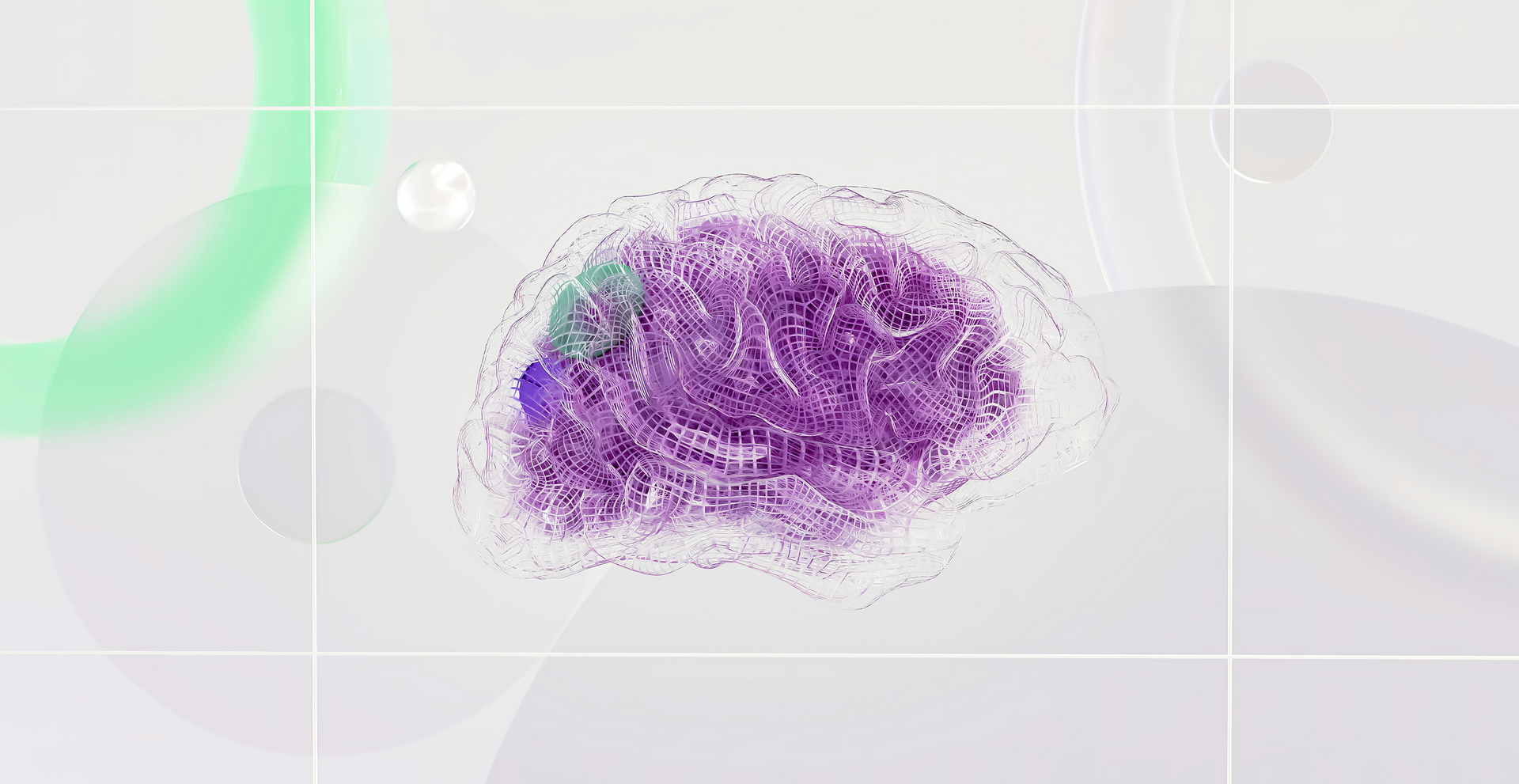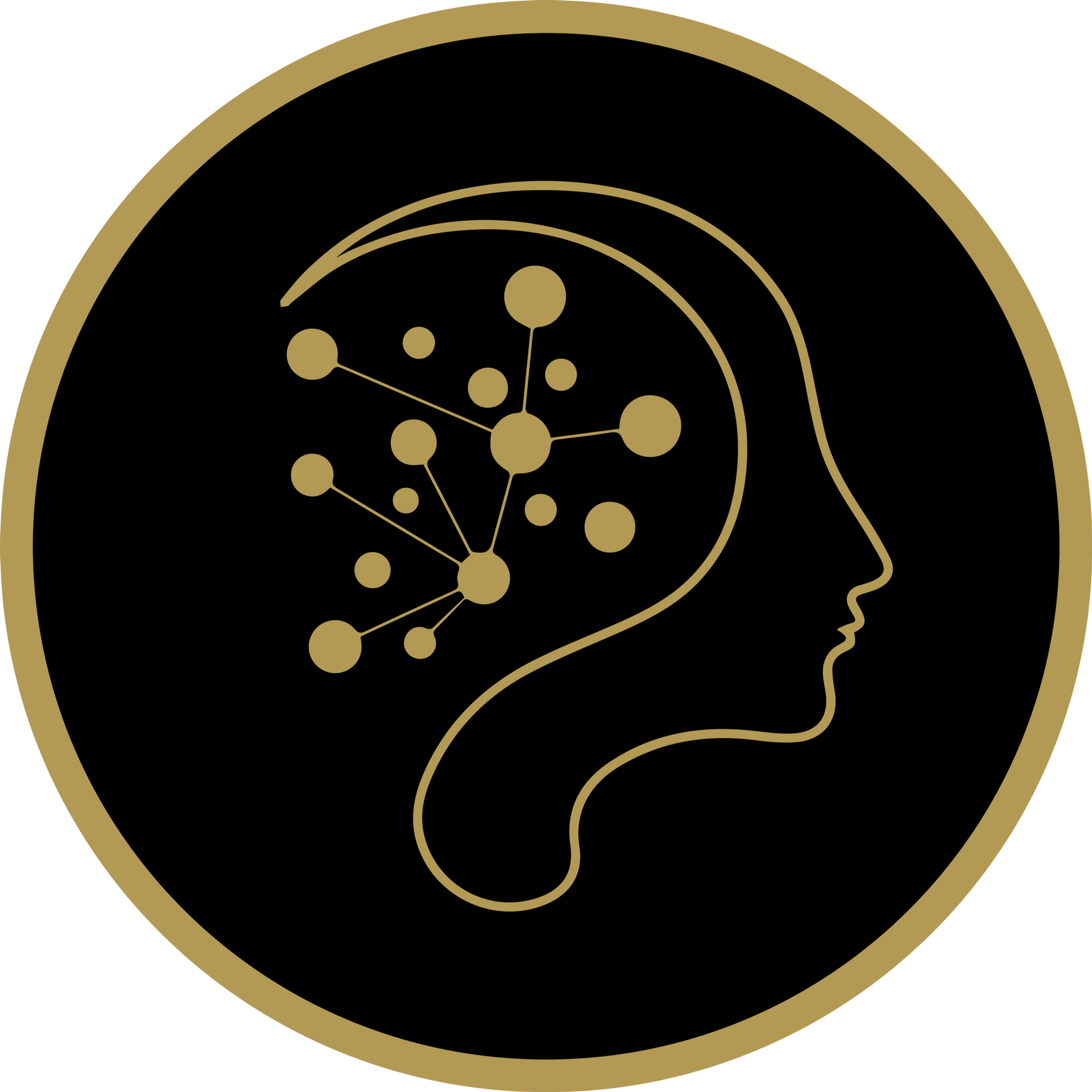Discovering Your Path to Anxiety Disorder Treatment
Navigating the complexities of anxiety can feel like a daunting task. If you're considering medication as part of your treatment plan, you're not alone. Many people seek this route to find some relief. However, understanding how long you need to continue with medication can be a key concern.
This post aims to explore this commonly asked question, providing insights into typical timelines, factors that may affect your experience, and the steps you can take to manage your treatment effectively.
Understanding ANXIETY DISORDERS
Anxiety disorders are a type of mental health condition characterized by excessive and persistent fear and dread responses to certain things and situations. They can significantly impact daily functioning and quality of life, affecting individuals of all ages, sexes, and backgrounds. Understanding these disorders is crucial for managing them effectively and improving overall mental health.
What is an Anxiety Disorder?
An anxiety disorder is a mental health condition that involves more than temporary worry or fear. It is a chronic condition that can interfere with daily activities such as job performance, schoolwork, and relationships. Unlike normal anxiety, which is a fleeting response to stress, anxiety disorders are persistent and can be debilitating. They are often comorbid with other mental health conditions, such as depression, making comprehensive treatment essential.
Types of Anxiety Disorders
There are several types of anxiety disorders, each with its unique characteristics:
- Generalized Anxiety Disorder (GAD): Characterized by excessive worry about everyday things, even when there is no apparent reason to worry. Individuals with GAD often find it difficult to control their anxiety and may experience physical symptoms such as restlessness, fatigue, and muscle tension.
- Separation Anxiety Disorder: Characterized by excessive fear or anxiety about separation from home or loved ones. This disorder is not just limited to children; adults can also experience intense anxiety about being apart from significant others.
- Panic Disorder: Characterized by recurring panic attacks, which are intense episodes of fear or discomfort. These attacks can occur unexpectedly and include symptoms like heart palpitations, sweating, and shortness of breath.
- Social Anxiety Disorder: Characterized by excessive fear or anxiety about social situations, such as public speaking or meeting new people. This disorder can lead to avoidance of social interactions and significant distress in social settings.
- Phobia-related Disorders:
Characterized by excessive fear or anxiety about specific objects, situations, or activities. Common phobias include fear of heights, animals, or flying, and these fears can lead to avoidance behaviors that impact daily life.
DIAGNOSING ANXIETY DISORDERS
Diagnosing anxiety disorders involves a comprehensive diagnostic interview, which assesses symptoms, functional impairment, and comorbid conditions. The diagnostic criteria for anxiety disorders are outlined in the Diagnostic and Statistical Manual of Mental Disorders (DSM-5), which is used by mental health professionals to ensure accurate diagnosis and effective treatment planning.
Criteria for Diagnosis
To diagnose an anxiety disorder, a mental health professional will assess the individual’s symptoms and determine if they meet the criteria outlined in the DSM-5. The criteria include:
- Excessive and persistent fear or anxiety about a specific object, situation, or activity.
- Avoidance of the feared object, situation, or activity.
- Significant distress or impairment in social, occupational, or other areas of functioning.
- Symptoms must be present for at least six months.
- Symptoms must not be better explained by another mental disorder.
Accurate diagnosis is the first step in managing anxiety disorders effectively. A mental health professional will consider the full range of symptoms and their impact on the individual’s life to develop a tailored treatment plan that addresses their specific needs.
By understanding the nature of anxiety disorders and the criteria for diagnosis, individuals can seek appropriate help and begin their journey towards managing their anxiety and improving their overall mental health.
ANXIETY DISORDER TREATMENT
When it comes to managing anxiety disorders, medication is often a part of the treatment strategy. Treating mental health conditions, including anxiety disorders, often requires a multifaceted approach. It’s essential to view medication as one facet of a comprehensive plan that might also include therapy, lifestyle changes, and support systems.
According to the National Institute of Mental Health, anxiety disorders affect nearly 31% of U.S. adults at some point in their lives. This widespread reality highlights the importance of understanding the treatments available.
DIFFERENT TYPES OF MEDICATION FOR ANXIETY DISORDER
The medications prescribed for anxiety vary based on the specific symptoms and needs of the individual. Commonly, doctors prescribe
Selective Serotonin Reuptake Inhibitors (SSRIs) or Serotonin-Norepinephrine Reuptake Inhibitors (SNRIs) for long-term treatment. For immediate relief, benzodiazepines may be considered, but these carry the risk of dependency and are typically recommended for short-term use.
Factors Influencing MEDICATION DURATION
Determining how long you'll need medication is influenced by several factors. Your specific anxiety disorder, the severity of your symptoms, your response to the medication, and your treatment goals all play roles.
It's important to maintain open and ongoing communication with your healthcare provider, who can help you understand what you might expect and any adjustments that may be necessary.
THE INITIAL ADJUSTMENT PERIOD
Your body will need time to adjust when you first start taking medication for anxiety. This period often lasts a few weeks, during which you may experience some side effects or changes in how you feel. According to the Mayo Clinic, it can take several weeks for SSRIs or SNRIs to begin alleviating your symptoms effectively. Patience and regular follow-ups with your doctor are crucial during this phase.
Short-Term vs. Long-Term Medication
For some individuals, medication may serve as a short-term intervention aimed at managing a specific situational anxiety spike or episode, providing temporary relief during times of heightened stress. In contrast, others might find that long-term medication becomes an essential component of their daily routine, necessary to manage persistent anxiety symptoms effectively and maintain overall mental well-being.
The Anxiety and Depression Association of America highlights that while some people may only need medication for a few months to stabilize their symptoms, others might require continued use for several years, depending on the severity and nature of their anxiety. This approach helps individuals lead fulfilling lives, free from the overwhelming burden of anxiety.
Weighing the Pros and Cons
Understanding the benefits and potential drawbacks of anxiety medication is vital for those considering treatment options. On the one hand, medications can significantly alleviate symptoms like excessive worry, panic attacks, or unease, enabling you to function more normally in your daily life by improving concentration, sleep, and overall well-being. However, some medications come with side effects such as dizziness, fatigue, or weight gain, or the potential for dependency, which must be carefully managed to ensure they don't outweigh the benefits.
It's important to have an open dialogue with your healthcare provider, discussing these aspects thoroughly to weigh the pros and cons and help you make informed choices that align with your personal health goals and lifestyle.
Additionally, considering complementary therapies such as cognitive-behavioral therapy or mindfulness practices in conjunction with medication can offer a more holistic approach to managing anxiety.
COMBINING MEDICATION WITH THERAPY FROM MENTAL HEALTH PROFESSIONALS
Many studies have shown that a combination of medication and therapy can be particularly effective for managing anxiety disorders. Exposure therapy, a component of CBT, involves gradually confronting anxiety-provoking situations to build confidence in managing fears. Cognitive Behavioral Therapy (CBT) is a common therapeutic approach that, when used alongside medication, can offer a well-rounded strategy that empowers you in coping with anxiety more effectively. The integration of both methods often results in better long-term outcomes.
Making Lifestyle Adjustments
While medication can significantly impact managing anxiety, incorporating lifestyle changes is equally critical. Regular physical activity, a balanced diet, sufficient sleep, and stress-reduction techniques can all enhance your overall well-being. Creating a balanced lifestyle in tandem with your prescribed medication increases the likelihood of achieving and maintaining mental health stability.
Signs It's Time to Reevaluate Anxiety Symptoms
There might come a time when you need to reassess your medication plan. Common signs include persistent side effects, diminishing effectiveness, or changes in your personal or health circumstances. Routine evaluations with your healthcare provider ensure you're on the best treatment path and can frame discussions if modifications are needed.
Tapering Off Safely
If you and your doctor decide to taper off medication, doing so safely is crucial. Abruptly stopping medication can lead to withdrawal symptoms or anxiety recurrence. A gradual reduction, guided by your healthcare professional, allows your body to adjust while minimizing potential risks, helping you transition smoothly off the medication.
TAKING CHARGE OF YOUR TREATMENT JOURNEY
Concluding with empowerment, it’s crucial to remember that managing anxiety is a personal and ongoing process. Engaging with a mental health provider can offer the professional support needed to navigate your treatment journey. Regular assessments and adjustments can lead to a balanced and fulfilling life.
Seek support, engage actively with your healthcare providers, and explore additional resources if you want more information. Understanding your anxiety and treatment options gives you control over your mental health wellness.
For further exploration or to connect with others on similar journeys, be sure to explore online communities or consult with professionals specialized in mental health and anxiety disorders. They can provide the necessary support and tools for you to take charge confidently on your path to wellness.
Take the Next Step with SW Florida TMS & Ketamine for
help WITH ANXIETY NEAR FORT MYERS FLORIDA
At SW Florida TMS & Ketamine, we are here to help you fight the battle against depression and other mental health issues such as anxiety, OCD, PTSD, and more.
We use traditional modern methods to treat these health problems and will derive a treatment plan best suited to your condition. You can reach us at (239) 935-5599 or fill out our contact form to learn more about our treatment options. Don’t worry you are not alone!
Cited Sources:
Gosmann, Natan Pereira et al. “Selective serotonin reuptake inhibitors, and serotonin and norepinephrine reuptake inhibitors for anxiety, obsessive-compulsive, and stress disorders: A 3-level network meta-analysis.” PLoS medicine vol. 18,6 e1003664. 10 Jun. 2021, doi:10.1371/journal.pmed.1003664
MENTAL HEALTH SERVICES
BOOK A CONSULTATION
Knowing that you are not alone is of utmost importance. Seek assistance for depression today!
OUR SERVICE SUPPORTS MENTAL WELLNESS
- Depression
- Lack of Joy
- Sadness and Despair
- Low Mood
- Lethargy
- Insomnia
- Oversleeping
- Social Isolation
- Self-Harm
- Substance Abuse
- Suicidal Ideation
- Alcoholism









